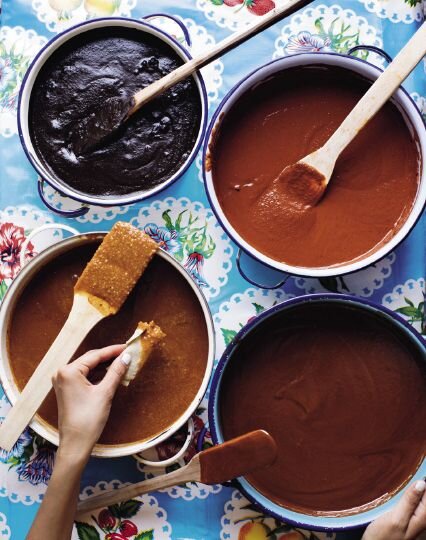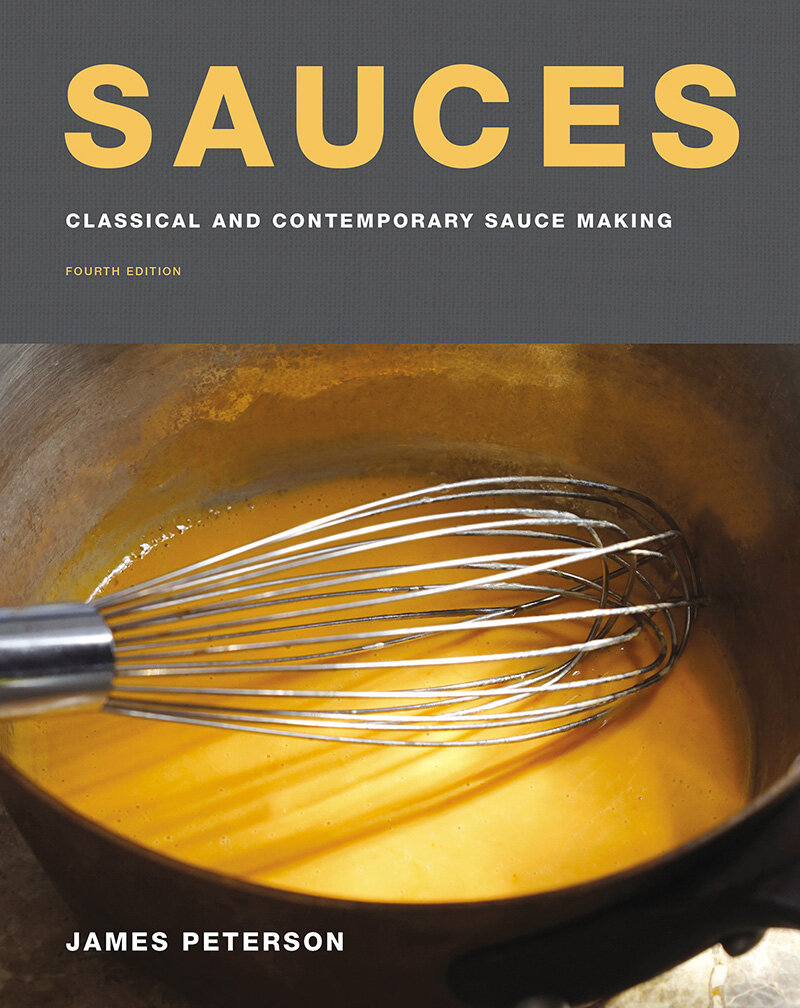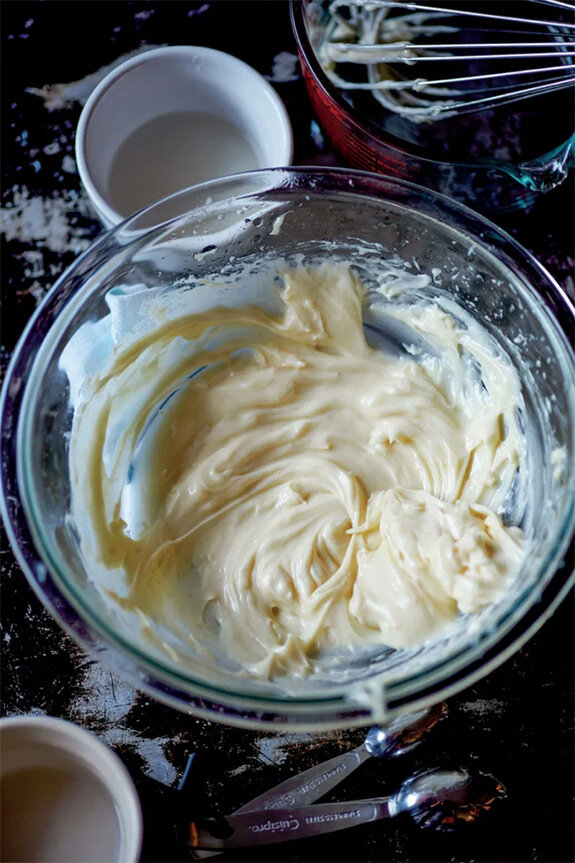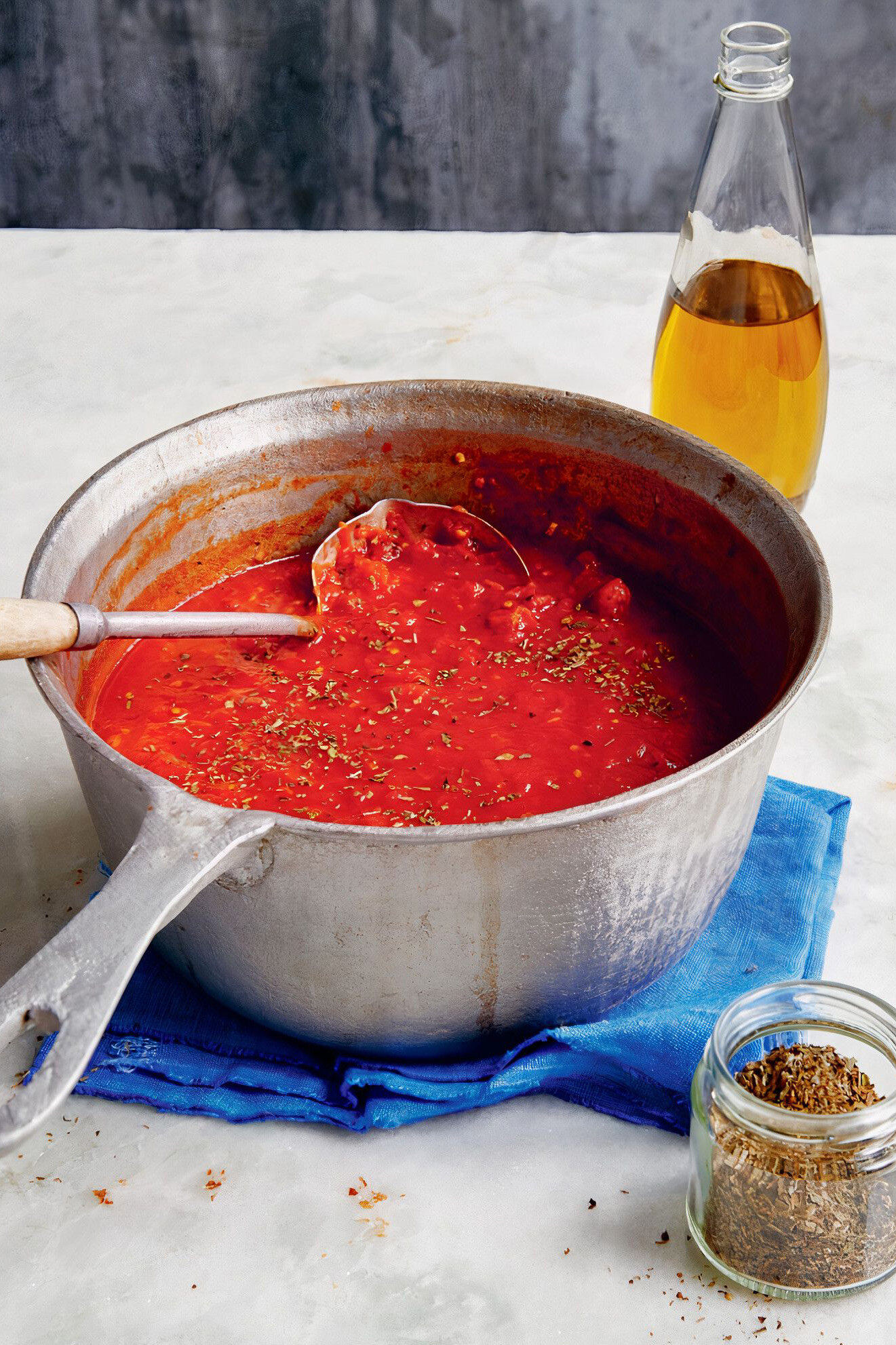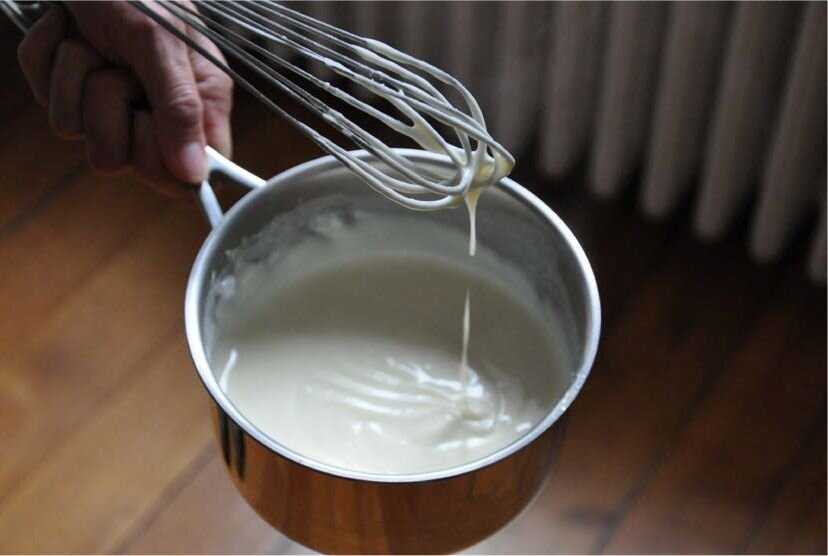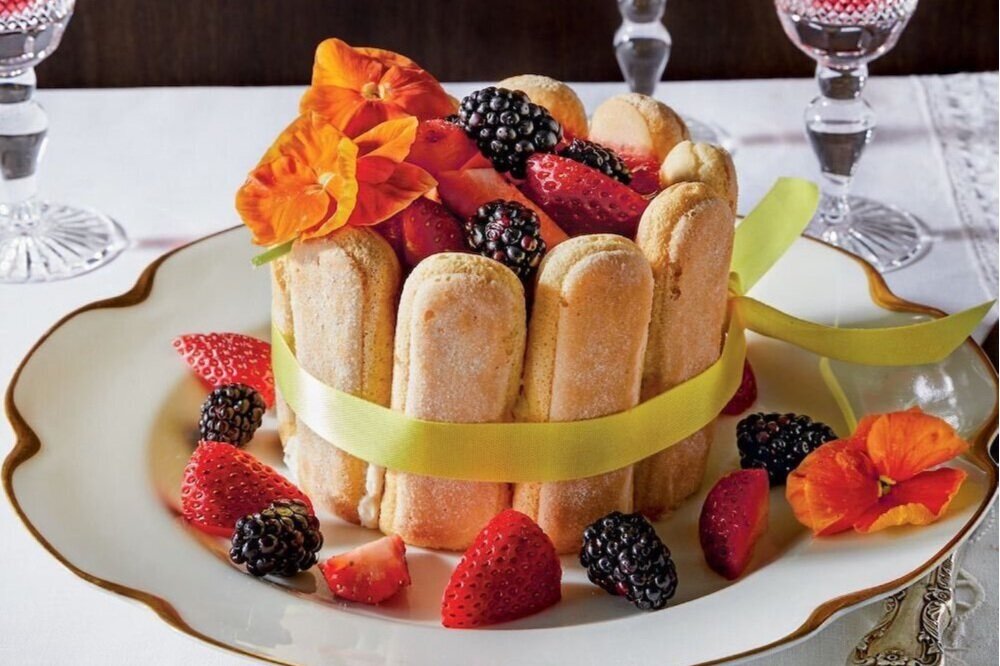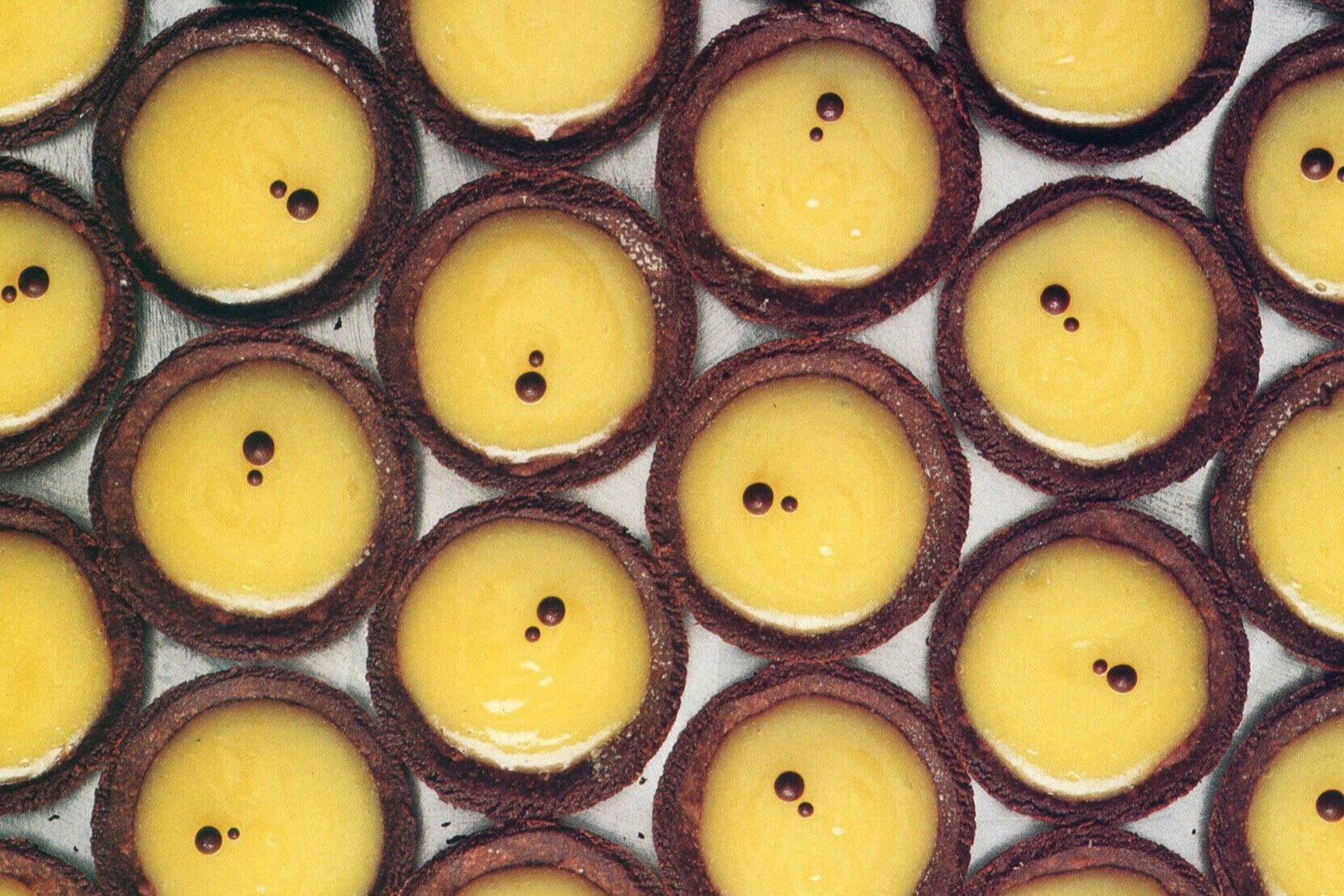Advertisement
The right sauce for the right dish
22 September 2021 · Discover ckbk
Mastering a few great sauces is a surefire way to build your culinary repertoire.
When James Peterson’s excellent book Sauces: Classical and Contemporary Sauce Making was translated into French, the translator proposed the title L’Art de Bien Cuisiner (The Art of Cooking Well) because she realized that the book is about so much more than sauces. The right sauce can make or break a dish. So, in many ways, this guide to ckbk’s wealth of sauces is a journey through the foundations that underpin cuisine.
Meet the ‘mother sauces’
The best cooking often comes from the best sourcing of ingredients. But – as the recipes in the collections that follow are testament to – saucing of ingredients is pretty important too. Inevitably, our journey through the world of sauces starts in France, where Marie Antoine Carême was the first to classify them.
Napoleon’s chief diplomat Charles Maurice de Talleyrand-Périgord famously (and not very diplomatically) claimed that England had just three sauces and 360 religions, while France had three religions and 360 sauces. Yes, well the Brits do have some ubiquitous pairings – mint with lamb, apple with pork, and horseradish with beef; and, of course, gravy with everything. However, the contemporary UK or US sauce could, these days, mean anything from a hydrocolloid-based Modernist creation, to Asian-inspired sauces (peanut sauce, sweet-and-sour…), to good-quality ingredient-driven simplicity. Sourcing again.
The concept of mother sauces (sauces mères) is a helpful way to get back to basics and categorize sauces. This idea is attributed to the great Auguste Escoffier, and the five sauces mères are Béchamel, Espagnole, Tomato, Velouté, and Hollandaise, from which many other sauces derive. So Sauce Provençal, for example, is a variation on tomato sauce. There are mother sauces in other cuisines – Jason Goodwin’s Turkish Yoghurt Sauce is a tasty case in point. In this piece, we shall focus on the French approach, but we will return in the future to look at the wider world of sauces from Mexican Mole to Chinese Char Siu.
Sauce integrity
ckbk caught up with James Peterson, author of Sauces, about the best way to think about categorizing sauces. He agreed that the classic French concept of mother sauces is a helpful one. He says: “I’d add beurre blanc to these. Beurre Blanc is one of the most important sauces to learn because it is so adaptable; it can be flavored with herbs, spices, mushrooms, or truffles. And if someone wants to go to the trouble of making meat glaze, a whole world of possible brown sauces opens.”
“In the book, I divide sauces into ‘integral’ and ‘non-integral,’” Peterson explains. “Integral sauces are made as a function of the cooking method itself – for example, the reduced braising liquid for a dish can become its sauce. Turkey gravy is an integral sauce. Non-integral sauces are made from other ingredients – such as stock – that aren’t part of the dish. They are synthesized outside of the dish being prepared.” Peterson’s Chicken with Fines Herbes and Oven-Roasted Chicken with Natural Jus are great examples of recipes that are made using the natural juices released by the chicken for optimum flavor.
Stock-based sauces
In Sauces, Peterson describes how sauce-making gives cooks the freedom to work with a variety of flavors, textures, and colors – more so than in any other area of cooking – by using the building blocks of sauces mères. Sauces from different regions of France were traditionally made using ingredients that were ubiquitous or revered in those regions. For example, Anne Willan’s Sauce Normande celebrates the cream and cider of Normandy; Richard Grausman’s Beurre Blanc is a paean to the butter made around Nantes in the Loire Valley; Sauce Lyonnaise is all about the onions; Côtes de Veau Dijonnaise majors on the mustard of Dijon; and Bordelaise Sauce combines the red wine of Bordeaux with shallots and bone marrow. (Our new Wine-based sauces collection has even more ideas.)
A good-quality stock is essential, and again we look to the French for categorization. Brown Chicken Stock is made with chicken carcasses that are first roasted in the oven. Peter Gordon has a lovely riff on this idea with his Brown Roast Chicken Stock – unusually made with a thumb of fresh ginger. White Chicken Stock, on the other hand, is used for a paler appearance: try Jeremiah Tower’s recipe for variety. A good Fish Stock and Vegetable Stock are vital too.
Building blocks: béchamel and velouté
In My Paris Market Cookbook, Emily Dilling describes Béchamel as the most basic of the French sauces and her recipe is an ideal reference for this traditional sauce. Dilling sensibly advises making sure that the flour is mixed in thoroughly before adding the milk. In contrast, James Peterson writes about using hydrocolloids and emulsifiers to get the desired consistency in his Modernist Béchamel recipe.
Instead of adding milk to make a white roux, in Velouté a stock is mixed in. Anne Willan’s recipe for Roux shows the difference between a white roux for white sauces and a brown roux for brown sauces (essentially the brown roux is cooked until deep brown in color). Both béchamel and velouté are building blocks for many other sauces – you can add cheese to a béchamel to make it Mornay, or onions for a Soubise. While ‘daughter sauce’ Sauce Suprême is a velouté enriched with cream or crème fraîche, we might call Albufera Sauce a ‘granddaughter sauce’ – essentially suprême sauce mixed with a meat glaze.
Brown sauces
Josceline Dimbleby’s Basic Brown Sauce reminds us how important a good stock is for sauce-making. (Brown sauce is the same as Sauce Espagnole in sauces mères terms.) This can then be cooked down to become thick and syrup-like for glazes such as demi-glace or glace de viande. Peter Gilmore’s recipe gives the technique for both demi-glaze and full glaze. As Peterson tells us in his recipe, “Escoffier described demi-glace as sauce espagnole ‘taken to the extreme limit of perfection.’”
Emulsions
Both hot (think hollandaise) and cold (think mayonnaise) emulsions are a springboard for so many other recipes. Hollandaise is one of Raymond Sokolov’s 101 Classic Recipes Everyone Should Know. He writes about how Hollandaise Sauce was historically “for American home cooks, the only classic sauce they made from scratch themselves. At least I cannot recall my mother or anyone else preparing mayonnaise or béarnaise or any brown sauce more complex than a gravy thickened with beurre manié.”
Béarnaise is a child of hollandaise, with the addition of tarragon and shallots. Add tomatoes and it becomes Sauce Choron, add orange for Maltaise Sauce, and whipped cream for Sauce Mousseline – which goes excellently with asparagus. (Actually, all these derivatives go excellently with asparagus.)
For Michael Ruhlman, “Mayonnaise made at home is one of the few preparations that is so different from its store-bought counterpart that there should be different names for them.” Try his Mayonnaise made with minced shallot. With the addition of garlic, mayo can be transformed into Aioli. Other riffs on mayo include Sauce Gribiche, made with cooked egg yolks, Rouille (with garlic and red chilli), and tartare sauce, which can be prepared in a variety of ways – sometimes with cooked egg yolk. This easy recipe from Lulu Grimes is a nice example.
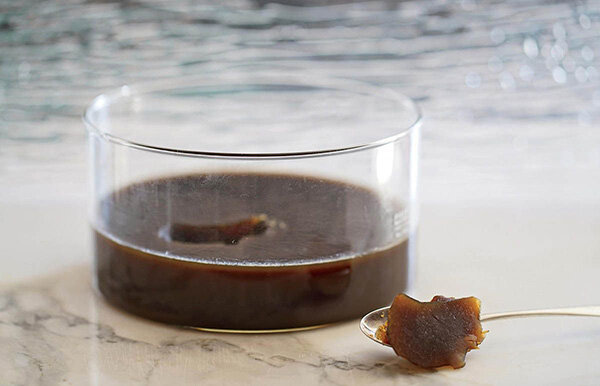
Escoffier’s Demi-Glace or Sauce Espagnole from Sauces.
Butter sauces
Developed in the Loire Valley to go with the fish of the region, Beurre Blanc is a wonderful silky butter sauce. Richard Grausman calls it “the mainstay of nouvelle cuisine”. There’s also beurre noisette, which literally means “nut butter” in reference to the nut-brown color produced when the butter is cooked. Stéphane Reynaud serves brown butter with skate and capers. For Sole Meunière, the brown butter is cooked in the pan in which the sole has been fried. Compound butter, on the other hand, is prepared cold and the ingredients are creamed into the butter. Try Miso Compound Butter for a fresh take on this idea.
A final helping…
Finally, we come to all the sauces that don’t quite fit into the above categories. Some of these might be called independent sauces – prepared independently of the food they go with (we’re talking relishes, herb oils, chutneys, and the like). Recipes such as Valentina Harris’ Salsa Verde, condiments such as Cranberry Sauce or BBQ Sauce, and anything that crosses the dip/sauce divide, such as Erin Gleeson’s Walnut Dip. Not to mention Pesto.
Taking our sauce quest right up to date, we move to foams. From the former chefs of Sydney institution, Pier restaurant comes this Mussel Soup with Sea Urchin Butter and Rouille Foam and for those with the time and equipment, Steve Roybal’s NY Steak with Apricot-Gochujang Cauliflower and Blueberry Shrub Foam uses both an immersion blender and a sous-vide precision cooker to make a foam sauce for steak. Impressive-looking stuff.
So there we have it: a whistle-stop tour of the world of sauces, and we haven’t even touched on sweet sauces (note that there’s a new ckbk collection for that). It’s a lot to take in at once, so we recommend bookmarking this page and returning to it from time to time for a refresher. Enjoy!
More features from ckbk
Introducing…
The Official Downton Abbey Cookbook by Dr Annie Gray comes to ckbk.
Author profile
Q&A with Tessa Kiros – find every recipe from all five of Tessa’s books on ckbk.
Behind the cookbook
Sports anchor and baker Maury Rubin’s Book of Tarts.
Sign up for ckbk's weekly email newsletter
Advertisement


